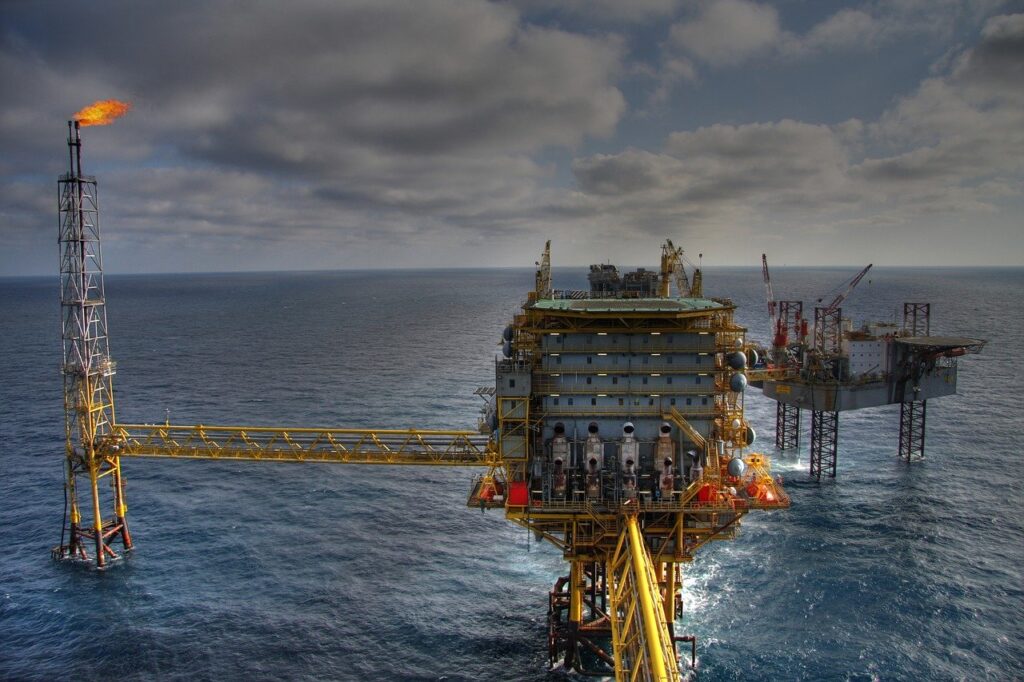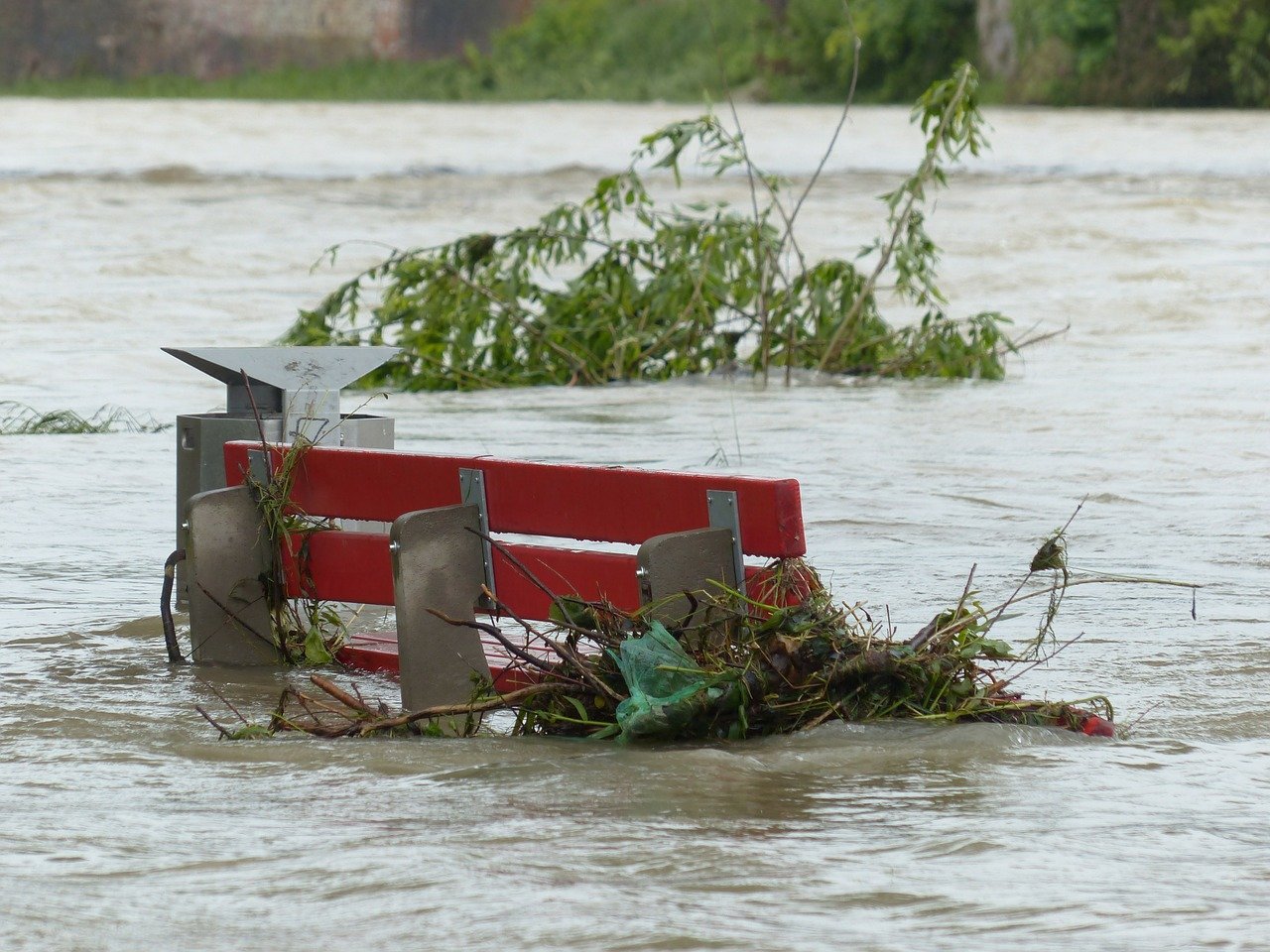Imagine a pot of water over a fire. At first, you can keep your hand in it just fine, even as the water warms. But leave it too long, the pot will boil over and make a mess of your kitchen.
There were many things we could have done to prevent the pot from boiling over. We could have watched the pot. We could have turned down the heat. But in the end, our socks are wet and we have to clean up the mess.
When we go for a swim at the beach, the water is still cold. Right now, our coasts look similar to how they looked when our parents were kids. But the heat is on – a long, slow boil. And it will come to a head sooner or later, leaving our socks wet and a whole lot of mess to clean up.
Canned Heat
Climate change is a scary and complicated topic. Scientists have spent countless hours studying, predicting, and reworking their ideas about it. The scientific community at large agrees that humans are changing the environment, so let’s try and understand the basics.
When animals and plants die, their bodies get broken down by other animals, fungi, or bacteria. However, under certain circumstances, their bodies get preserved and buried under layers and layers of dirt and sand, often at the bottom of the ocean. Over millions of years, their bodies slowly break down and become petroleum.
Prior to the industrial revolution, this carbon was stuck underground. However, as the need for fuel grew, humans began searching for a new energy source, and unearthed it. Now, oil and gas powers most of our electrical, industrial, and transportation needs.

We unlock the energy from this fuel by burning it. Burning is a chemical reaction – it turns hydrocarbons like petroleum products and gas into carbon dioxide. All this carbon dioxide ends up in the atmosphere, where it hangs like a heavy blanket over the Earth. And just like a blanket on a cold night, it traps the heat that would normally radiate out, warming us up.
Now, Earth is a hardy planet. It is built to withstand major environmental changes. And for all this trapped heat, it has a secret weapon – the ocean.
Slow Rise
Water can hold a lot of heat. Think about how long it takes your shower to heat up on a cold day. You can sit there for minutes before it’s warm enough to feel comfortable.
The same is true for the ocean. The ocean contains about 97% of the total water on earth, enabling the ocean to absorb a lot of the heat trapped on Earth over the past century and a half. But even with so much water, the ocean can’t absorb heat forever without warming up.
Like our pot from the beginning of the article, the oceans also expand as they warm. There’s only one way for it to grow – upward. However, unlike the pot, it is very difficult for us to see sea level rise rise happening. The ocean is currently only rising at the rate of 1/8 of an inch per year. A miniscule amount. So why worry?
Well, according to the National Oceanic and Atmospheric Administration, sea level rise is speeding up. This means that coastal or low-lying cities are in danger of being swamped if major weather events occur.

Think back to Hurricane Katrina, which swamped New Orleans, or Hurricane Harvey just a few years ago that devastated Houston. These tragedies will become more and more commonplace. Unless…
What’s Next?
Humanity must take major action on this issue. It’s not enough to ask people to move to higher ground. Nations around the world are already dealing with the consequences of inaction on this issue.
Many people are working around the clock to come up with solutions and push for greener action to prevent further destruction. It is up to us to join them and push our representatives to fight for a future for our coastal cities.
To make your voice heard, find your congressional representative and senator here, and urge them to follow scientists lead to tackle this pressing issue.
Every day we do nothing is a day less we have to confront sea level rise.
For more climate change stories, click here.

